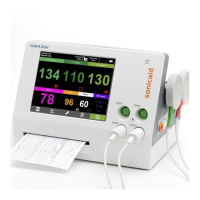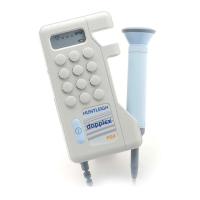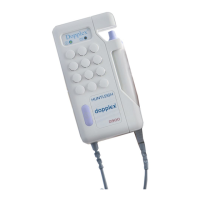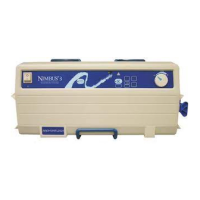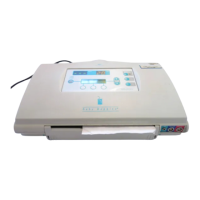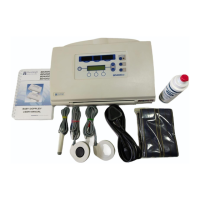12
Operation
3.2 Obstetric Mode
IMPORTANT! READ THIS SECTION BEFORE USING YOUR
Multi Dopplex.
Although the Multi Dopplex will calculate the rate as early in
pregnancy as fetal pulse signals of good quality can be
elicited, generally from about the 9th or 10th week after the last
menstrual period, fetal heart rhythm may not be suffi ciently
stable to permit accurate rate computation until well after the
fi rst trimester.
Similarly, no attempt to apply non-stress test (NST)
interpretation criteria should be made until after the 25th
week of gestation, when neurological development is usually
suffi cient to obtain a reactive pattern. To be considered reactive,
two accelerations at least 15 bpm in amplitude and at least 15
seconds in duration should occur in a 10 minute period.
If the fetus is found to be non-reactive using the Multi Dopplex
hand-held sampling technique, consideration should be given to
repeating the test using a conventional fetal monitor.
The Multi Dopplex is suitable for intermittent auscultation during
the intrapartum period, but not recommended for long term
intrapartum monitoring, where Cardiotocographic equipment,
including contractions measurement capability should be
employed.
Obstetric mode is automatically selected when an obstetric probe (OP2HS/
OP3HS) is connected.
Obstetric Probes
Two probes are available for obstetric examinations:
OP2HS
2MHz ±1%
OP3HS
3MHz ±1%
In this mode, MD2 provides fetal heart rate (FHR) display with 3 operating
modes, and outputs FHR for printing on the Printa II. The SD2 in obstetric mode
provides audio only.
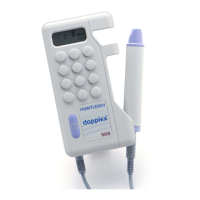
